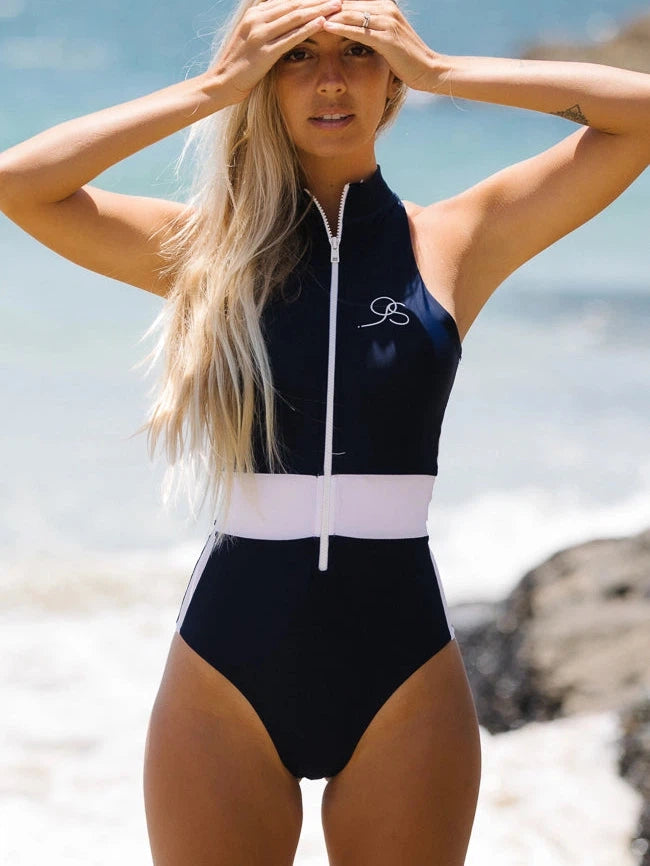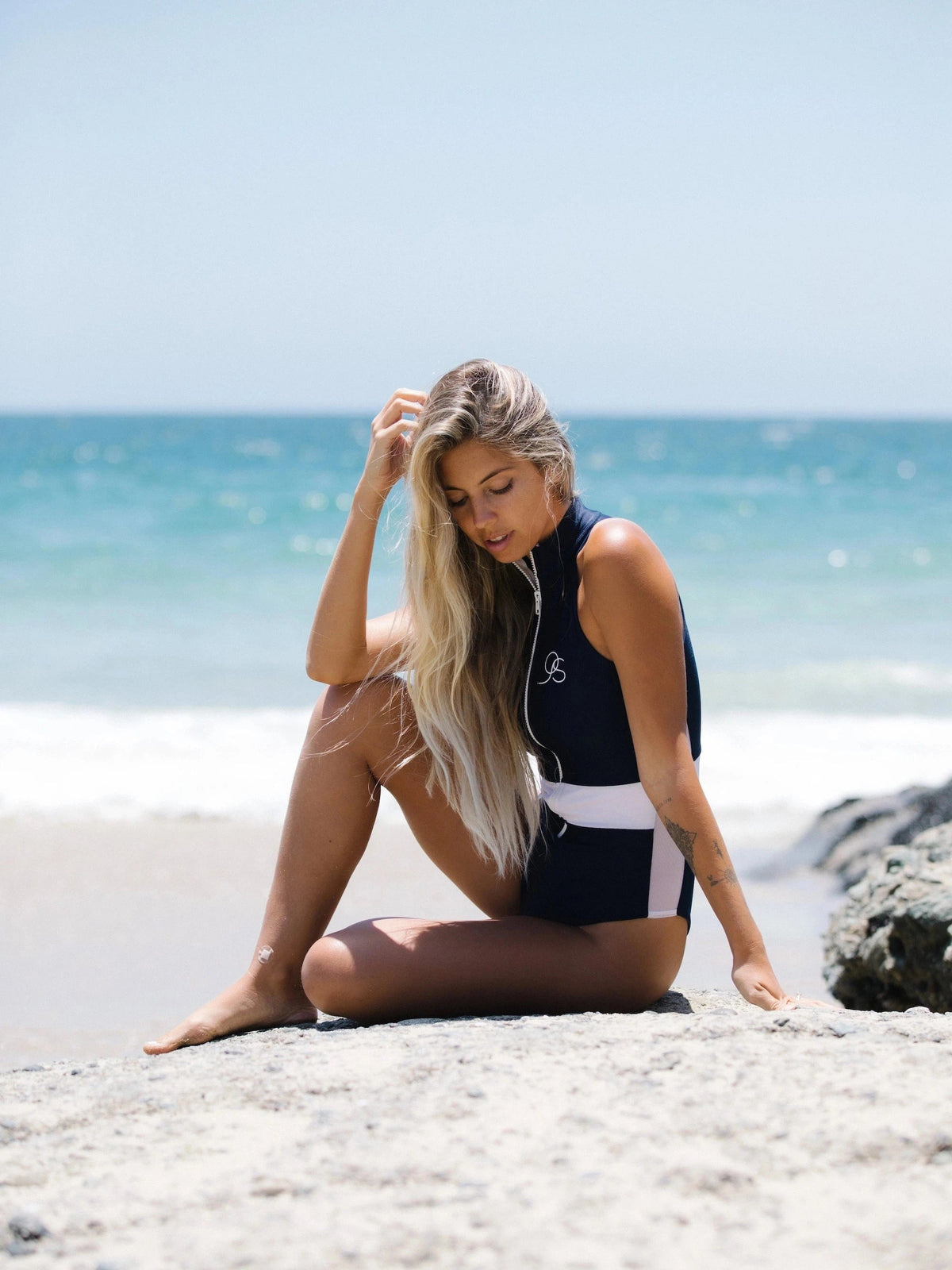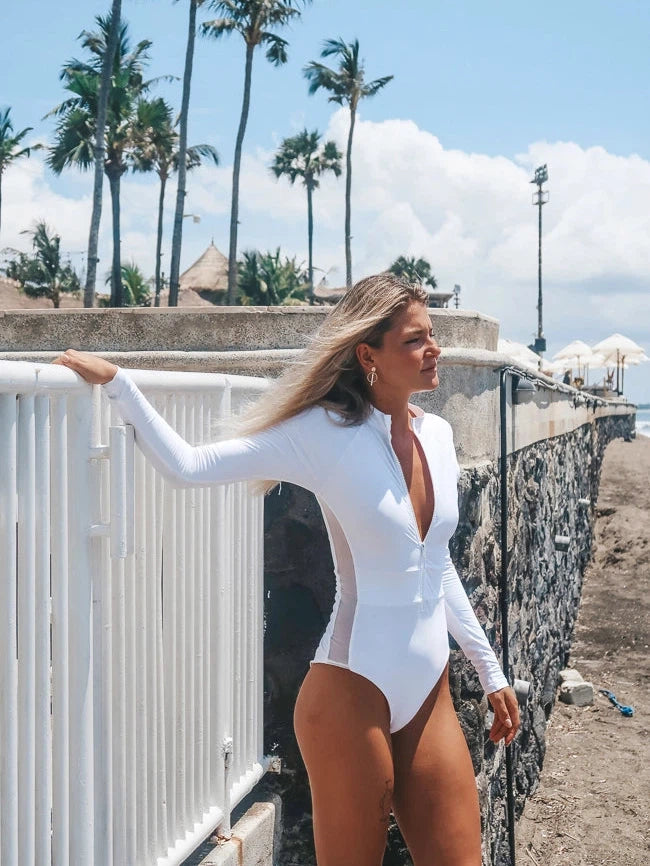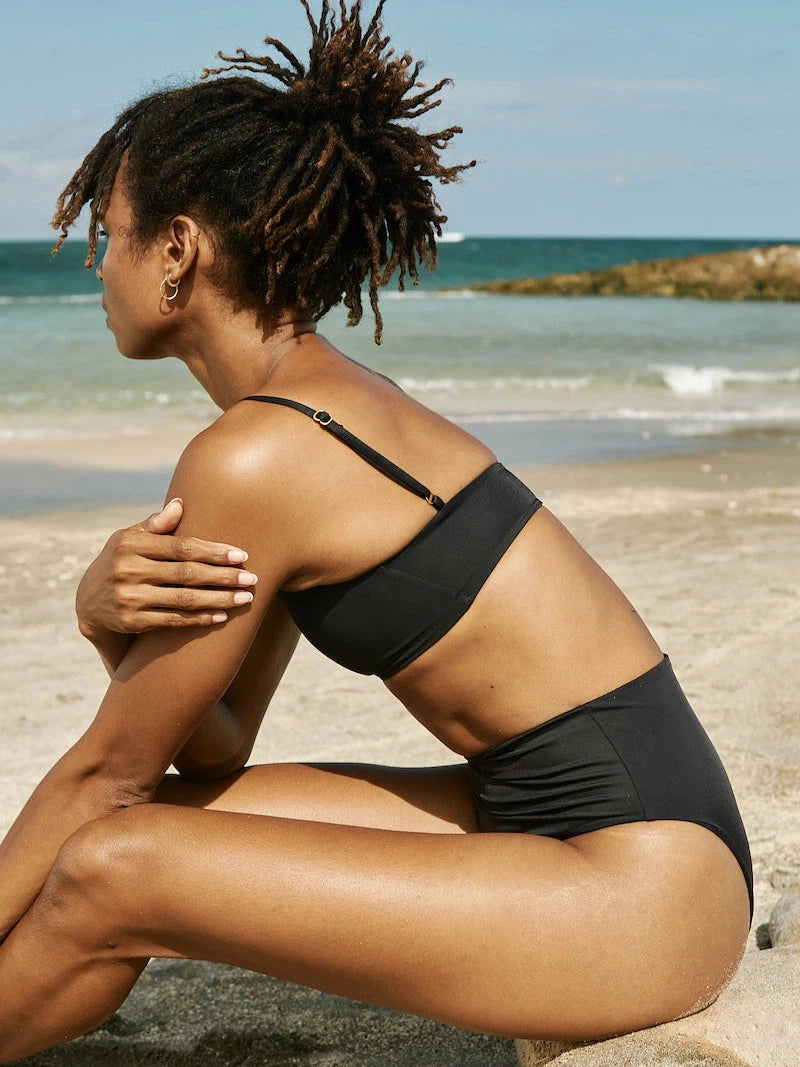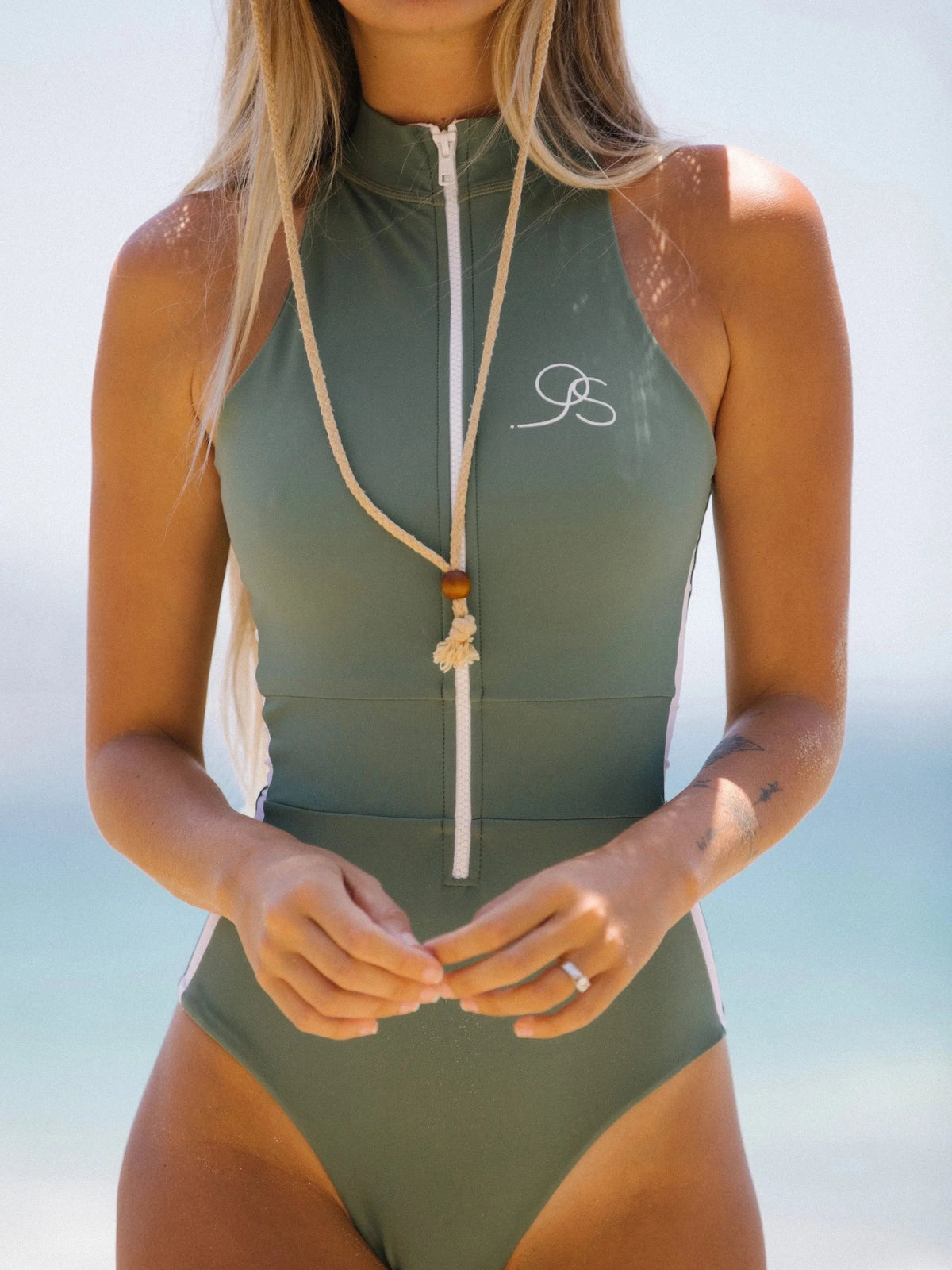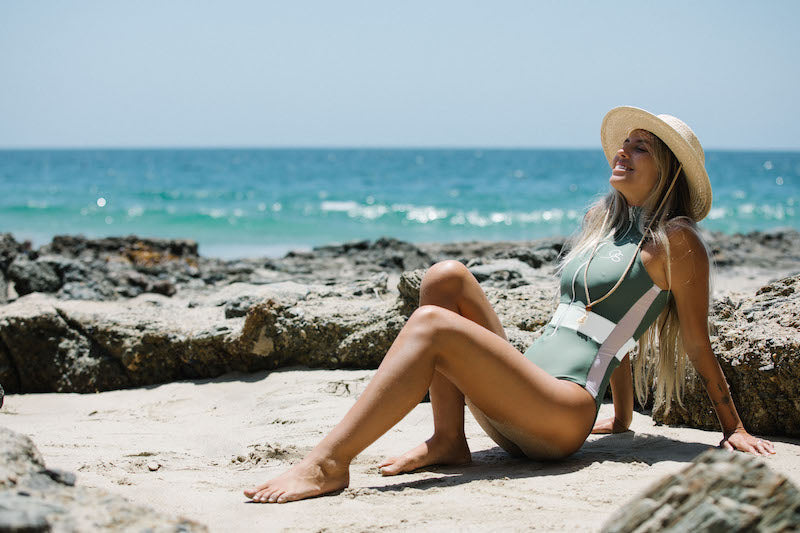Bali in December is a dream: warm water, endless beach days, and the kind of holiday energy that invites you to slow down and reconnect-with yourself, the sun, and the sea.
The Bali Surf Trip Edit: What to Pack, What to Know, and What Makes It Worth It

There’s a unique kind of freedom that comes from boarding a plane with just your board bag, a few essentials, and a one-way ticket to somewhere warm and wave-rich. For many, that place is Bali—and for good reason. It’s a gateway to some of the best surf in the world, whether you stay close to the coastlines of Canggu and Uluwatu or take off to explore islands like Nusa Lembongan, Lombok, Sumbawa, or Sumba.
But before you dream about empty lineups and post-surf nasi goreng, let’s talk prep.
Because the best surf trips are the ones where you’re not scrambling for a fin key in the middle of nowhere or patching reef cuts without proper antiseptic. This is the guide we wish we had the first time around.
Travel Insurance (Yes, You Need It)
It doesn’t matter if you’re the type to wing it or the kind who books every detail—surf travel without insurance is asking for trouble. Look for a policy that specifically covers:
Surfboards and equipment (in case of damage, theft, or airline mishandling)
Emergency medical care (including hospital stays and ambulance costs)
Medical evacuation (especially important if you're heading to outer islands)
Trip delays and lost baggage
Reef cuts, scooter spills, or surprise dental emergencies aren’t uncommon. Having insurance won’t stop it from happening, but it’ll make it a lot easier to deal with.
First Aid & Medications
Indonesia’s waves are beautiful—but sharp coral, tropical heat, and long days on the water can take a toll. A basic travel medical kit is a must.
Include:
Betadine or antiseptic spray
Waterproof dressings
Antibiotic cream for reef rash
Painkillers, antihistamines, and electrolytes
Seasickness tablets for boat trips (especially to Lembongan or Sumbawa)
Any personal medications you’ll need for the trip—and then some
In remote areas like Sumba or Sumbawa, you might be hours from a clinic. Be your own backup.
Board Bags, Airlines & Baggage Policies
Before you fly, read the fine print on your airline’s surfboard policy. Some carriers allow boards as part of your check-in allowance; others charge a small fortune.
Double-check weight limits and length restrictions
Remove fins, pad your boards well, and label your bags (inside and out)
Use your yoga mat or towels to protect rails and nose/tail sections
Consider a coffin bag if you're bringing two boards (a good idea if you're heading off-grid)
If you're connecting through Jakarta, Singapore, or Kuala Lumpur, factor in baggage transfers—boards have a habit of getting lost in transit. Always pack a day or two of essentials in your carry-on just in case.
Talk to Locals (Before You Arrive)
Whether it’s your first trip or your fifth, it’s worth jumping on a few forums or Facebook groups to connect with local drivers, surf guides, or other travellers. These communities often share the best tips on:
Honest local drivers who’ll take you to multiple breaks
Quiet surf villas with board storage
Forecast updates, boat transfers, or group surf trips to outer reefs
A few places to start:
Surf Bali, Indo Surf & Lingo, Surfing Indonesia on Facebook
Chat to surfers in Canggu or Uluwatu once you land—word of mouth goes far
Especially if you're solo, having someone on the ground who knows where to go (and when) can turn a good trip into a great one.
What to Pack: Gear That Makes Life Easier
Once you’ve got logistics sorted, it’s time to think about what goes in your bag. Space is limited—bring what works.
Surfboards
If you’re staying mostly in Bali, one board may do. But if you're heading to outer islands like Lombok, Nusa Lembongan, Sumbawa or Sumba, where waves get heavier and dings are more likely, bring two boards if you can. A shortboard and a step-up or fish can give you range and peace of mind.
Fins, Leashes, Repair Kit
Bring:
2 leashes (one always breaks)
Spare fins + fin key
Tropical wax
Ding repair resin (like Solarez)
You might not need it, but if you do—you won’t want to hunt for it in a dusty corner shop with a language barrier.
Surfwear & Clothing
Don’t overpack. You’ll live in salt, sun, and sand.
In the Water
Long sleeve one piece swimsuit for midday sessions—helps with sun and reef rash
Spring suit (2.5mm) for early mornings or rainy season
One piece swimsuit for surf-to-café days
Surf leggings for sun protection and reef coverage
A couple of surf bikinis for chill beach sessions
Rash guard (great as an extra layer or for surfing on boats)
On Land
Sarong (your towel, skirt, and post-surf cover-up)
Loose, breathable clothing
Comfy travel outfit for long flights and ferries
Wet bag to store damp swimwear on the go
Books, journal, or Kindle for slow afternoons
Reef-safe sunscreen and zinc—respect the ocean
Sun visor or cap to keep the sun off your face
Going Beyond Bali
Bali’s incredible—but the islands just beyond are where things start to shift. If you’ve got time, explore:
Nusa Lembongan – Clear water, punchy reefs, just 30 minutes from Sanur by boat.
Lombok – From mellow Gerupuk to heaving Desert Point, there’s something for everyone.
Sumbawa – Raw, wild, and wave-rich. Scarce Wi-Fi, but endless stoke.
Sumba – Beautifully untouched. A slower pace and powerful waves await.
Each island holds its own rhythm. Give yourself the space to feel it.
A surf trip to Bali—or anywhere in Indonesia—is never just about the waves. It’s about letting go of schedules, learning to tune into tides, and remembering how little you need to feel completely alive.
The better prepared you are, the more you can surrender to what the trip wants to show you. Pack lightly, travel openly, and say yes when someone invites you on a dawn mission to a spot you’ve never heard of.
You won’t regret it.
Check our latest post on Surfing in the Mentawais
Surf Swimsuits
- Regular Price
- $184.00 AUD
- Sale Price
- $184.00 AUD
- Regular Price
-
$230.00
- Unit Price
- per
- Regular Price
- $184.00 AUD
- Sale Price
- $184.00 AUD
- Regular Price
-
$230.00
- Unit Price
- per
- Regular Price
- $160.00 AUD
- Sale Price
- $160.00 AUD
- Regular Price
-
$200.00
- Unit Price
- per
- Regular Price
- $160.00 AUD
- Sale Price
- $160.00 AUD
- Regular Price
-
$200.00
- Unit Price
- per
- Regular Price
- $48.00 AUD
- Sale Price
- $48.00 AUD
- Regular Price
-
$80.00
- Unit Price
- per
- Regular Price
- $72.00 AUD
- Sale Price
- $72.00 AUD
- Regular Price
-
$120.00
- Unit Price
- per
- Regular Price
- $184.00 AUD
- Sale Price
- $184.00 AUD
- Regular Price
-
$230.00
- Unit Price
- per
- Regular Price
- $56.00 AUD
- Sale Price
- $56.00 AUD
- Regular Price
-
$80.00
- Unit Price
- per
- Regular Price
- $184.00 AUD
- Sale Price
- $184.00 AUD
- Regular Price
-
$230.00
- Unit Price
- per
- Regular Price
- $184.00 AUD
- Sale Price
- $184.00 AUD
- Regular Price
-
$230.00
- Unit Price
- per
- Regular Price
- $48.00 AUD
- Sale Price
- $48.00 AUD
- Regular Price
-
$80.00
- Unit Price
- per
- Regular Price
- $160.00 AUD
- Sale Price
- $160.00 AUD
- Regular Price
-
$200.00
- Unit Price
- per
Blog posts
There’s something magical about swapping a traditional Christmas for coconuts and coastlines. Whether you're chasing swell in Uluwatu, snorkelling in Amed, or simply sunbathing your way through December, packing right can make or break your tropical holiday.
December. It’s a month that can feel like a mad rush-a blur of to-do lists, social plans, end-of-year work chaos, and last-minute gift buying.




